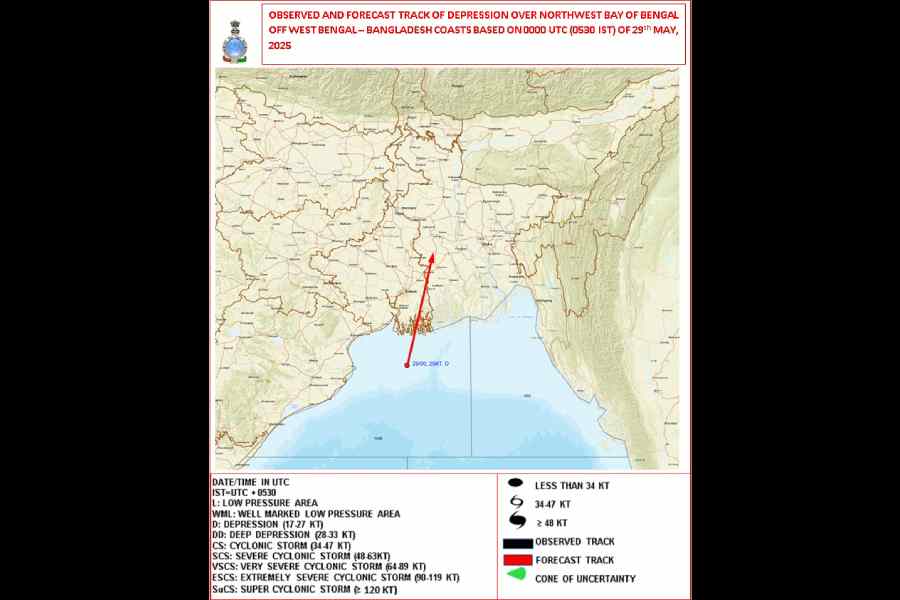 |
| Ready for new home |
May 4: The zoo has agreed to send nearly 40 sambar deer to Nagaland after a recent request from the neighbouring state.
The Nagaland government had requested the zoo to send nearly 40 sambar and barking deer for its zoo, which also has a deer park.
“We have considered the case as we have large numbers of sambar deer here,” a zoo official said.
He, however, said the Nagaland government’s request for barking deer cannot be complied with.
On receiving the request for the deer, the zoo informed the Central Zoo Authority, as required when animals are to be transferred.
“They have raised no objection and have asked us to take permission from the chief wildlife warden of Assam,” the official said.
The zoo has 140 sambar deer at present.
The zoo has built a new enclosure for sambar deer, which can accommodate only 20 of the animals. “We can give away the rest because sambar deer are prolific breeders, but there is still a need to protect the species,” the source said.
The zoo is waiting for permission from its chief wildlife warden to transfer the deer.
The zoo will, however, not be able to send barking deer to Nagaland.
The source said there are certain species, which could be given away only under an exchange programme and the barking deer fell in this category.
“Since we are not getting any animals from Nagaland in exchange for the barking deer we can’t give away any,” he said.
There are 24 barking deer in the zoo here. Sambar deer (Cervus unicolor) is the largest species of Indian deer and is common in forested hillsides, woodland and dense forest upto altitudes of 2,500m.
Its breeding period is during November and December. It feeds on leaves, herbs, fruits, bamboo buds and mushrooms.
It stands at a height of 135-150cm at the shoulder and can weigh up to 300kg.










